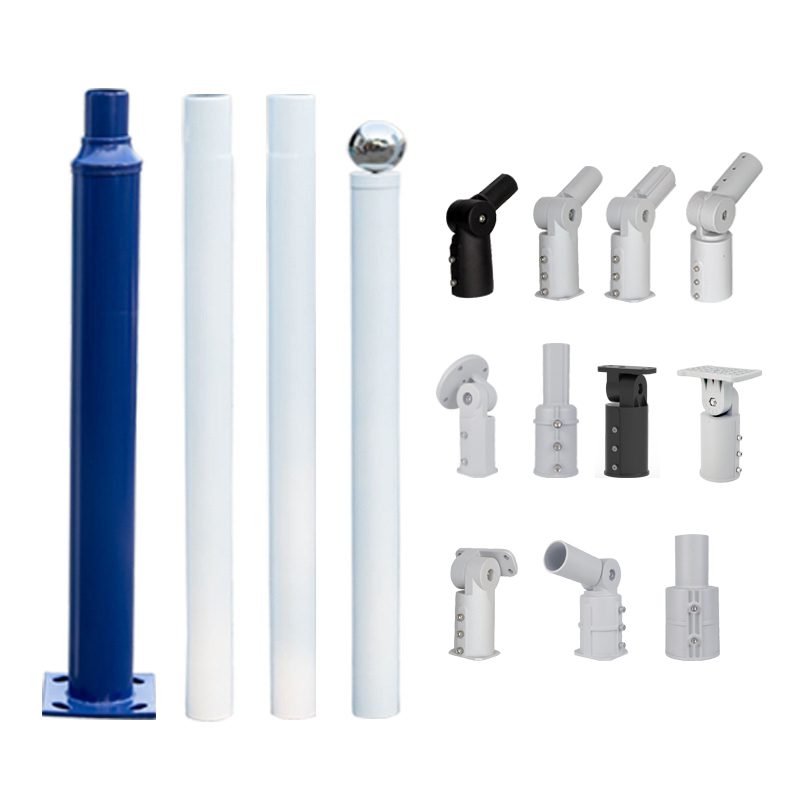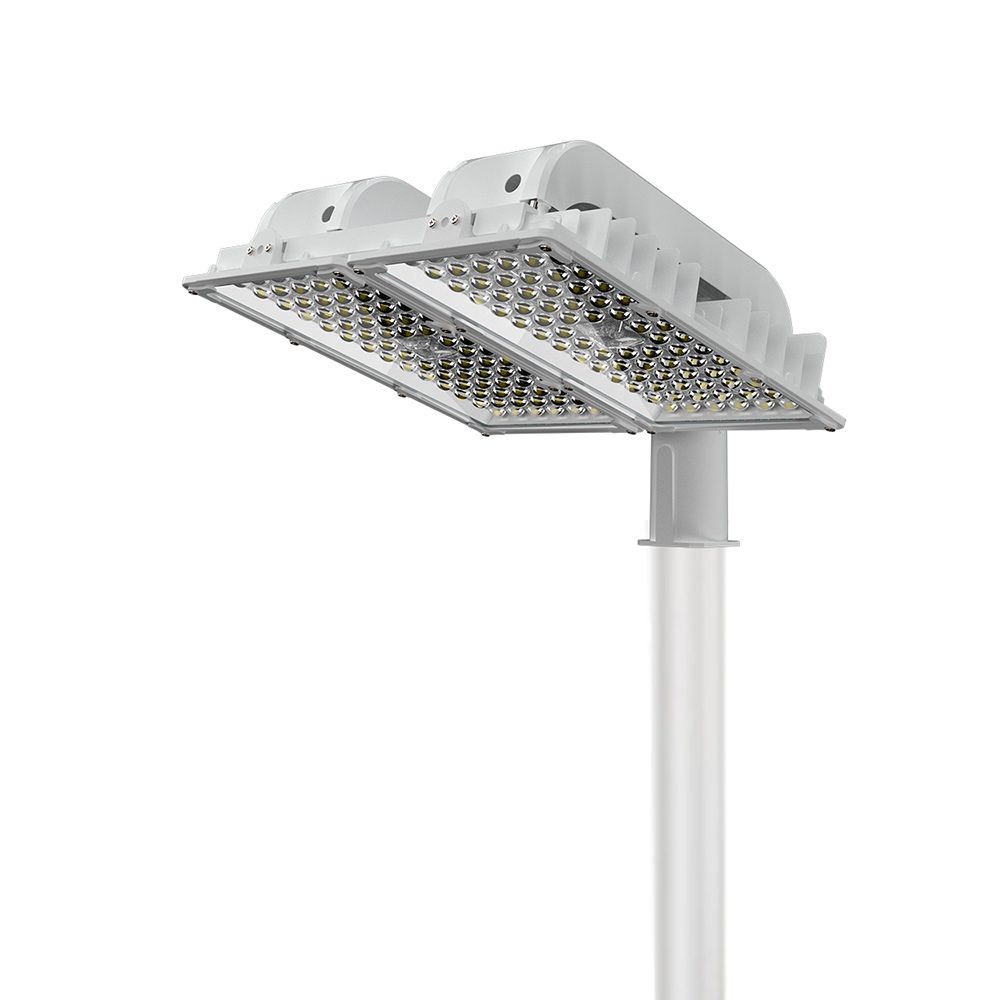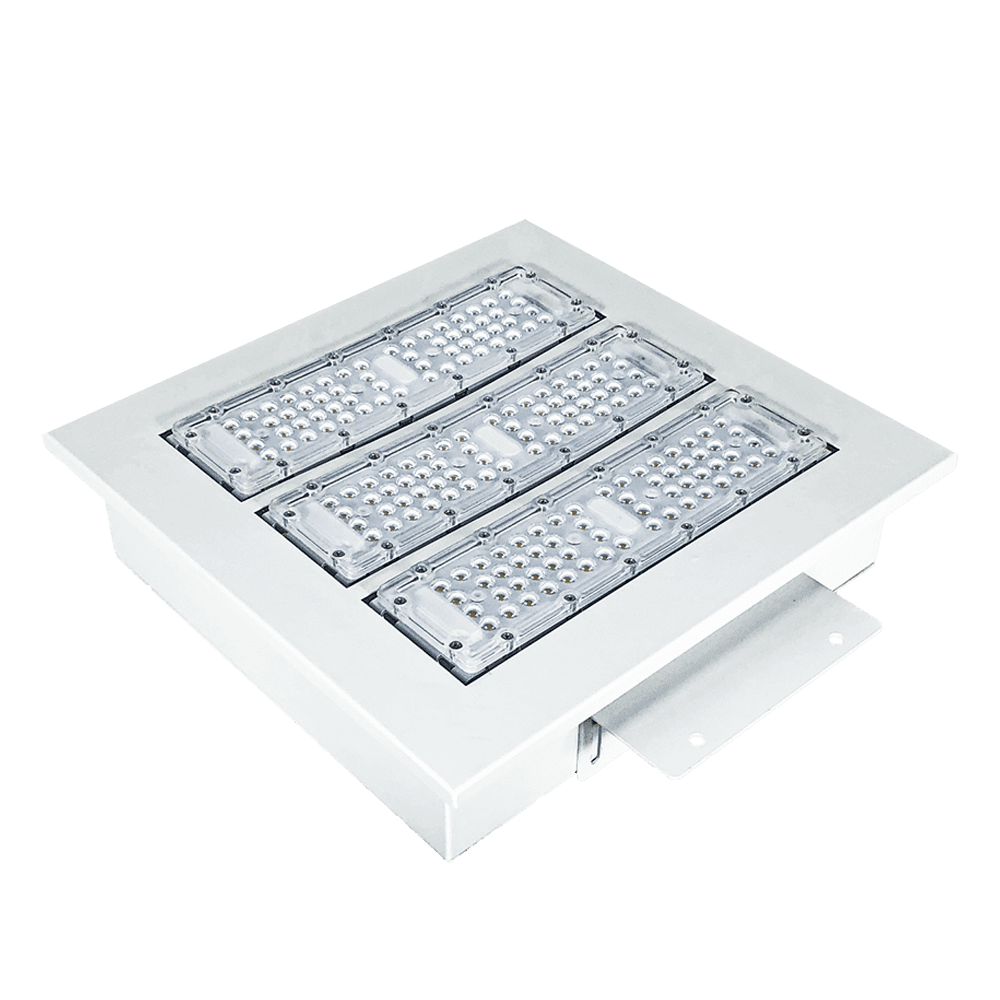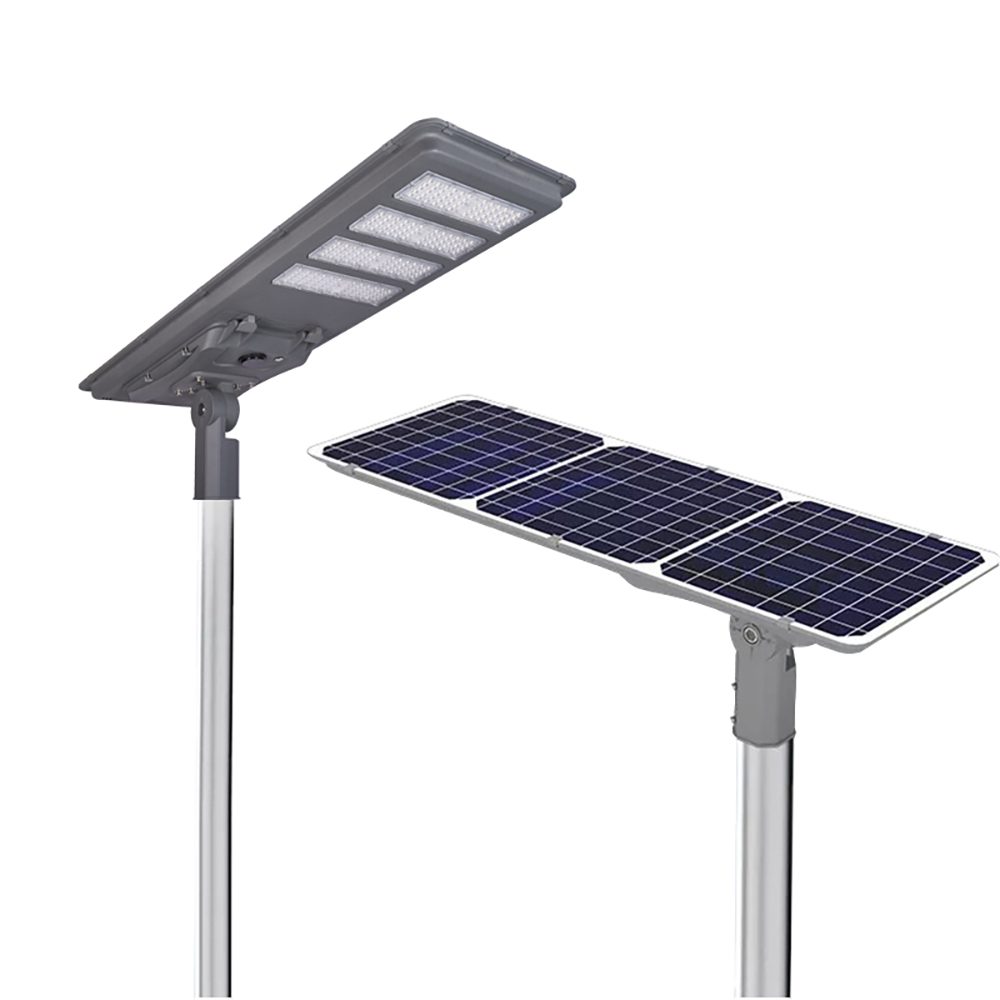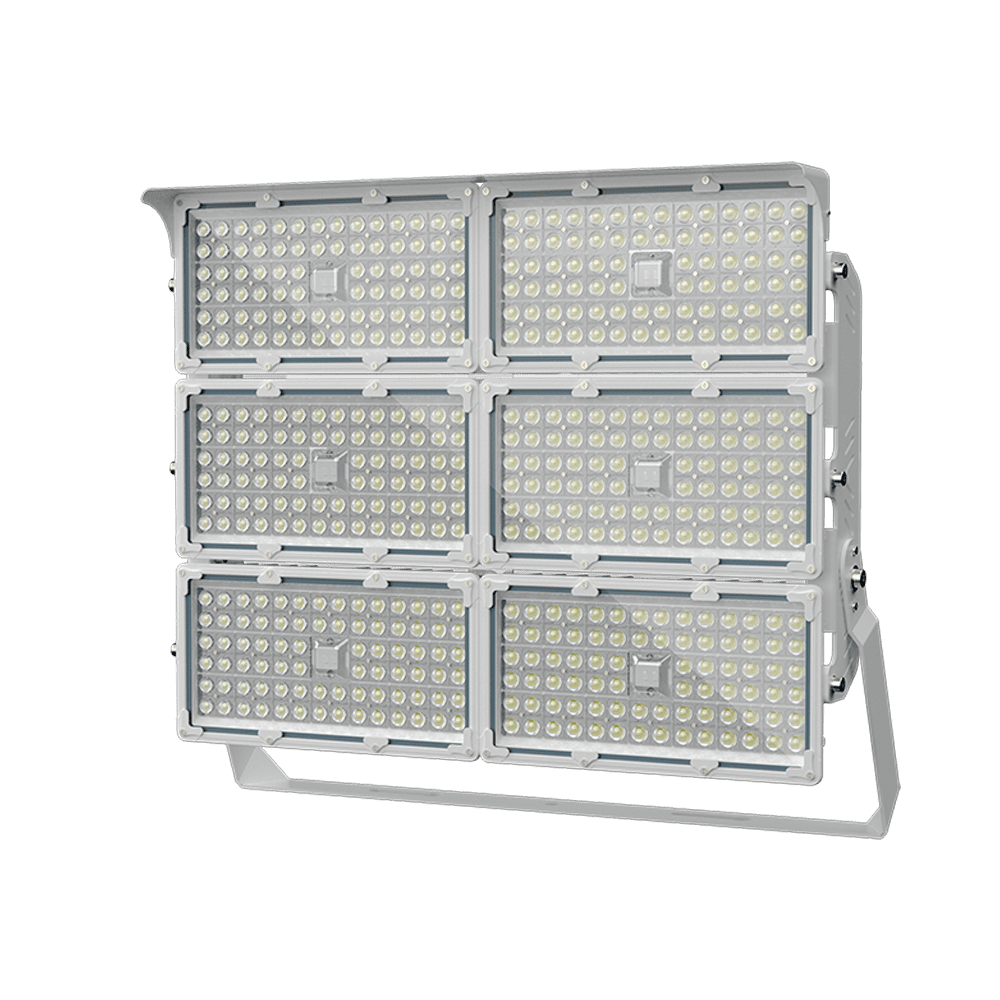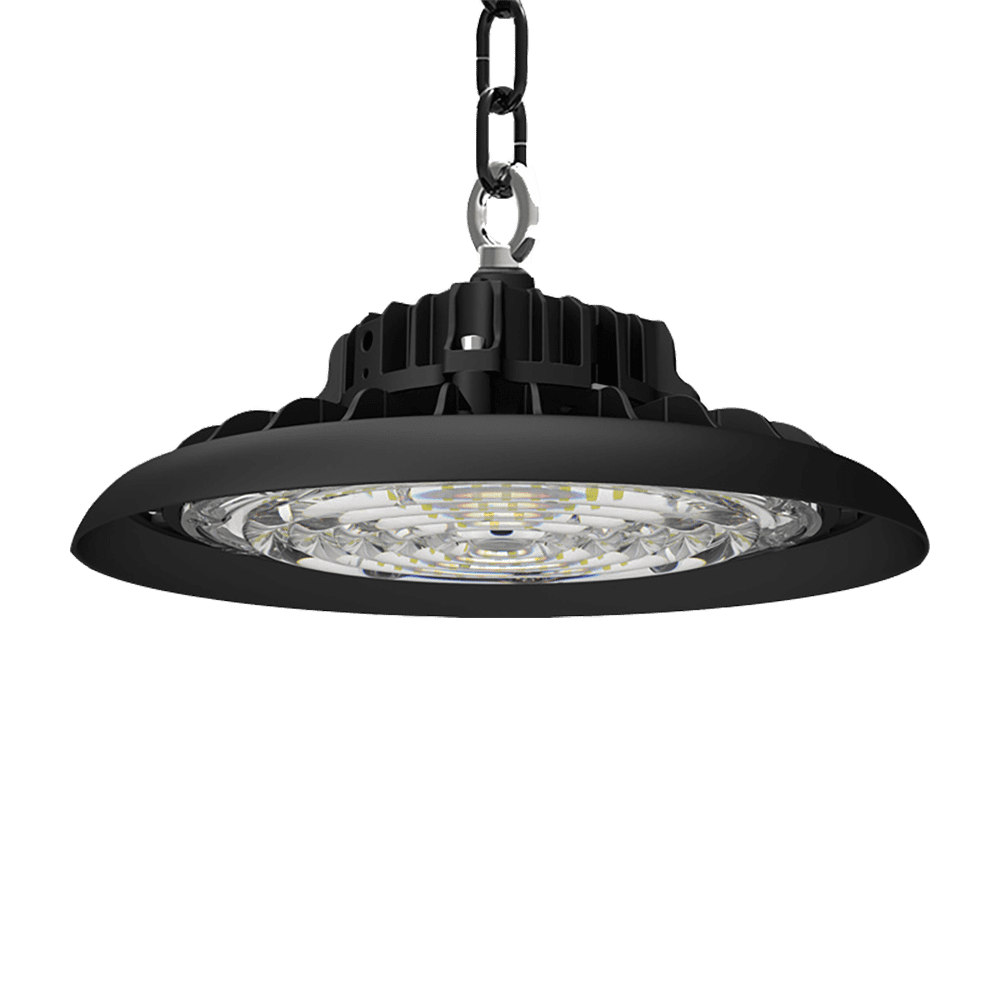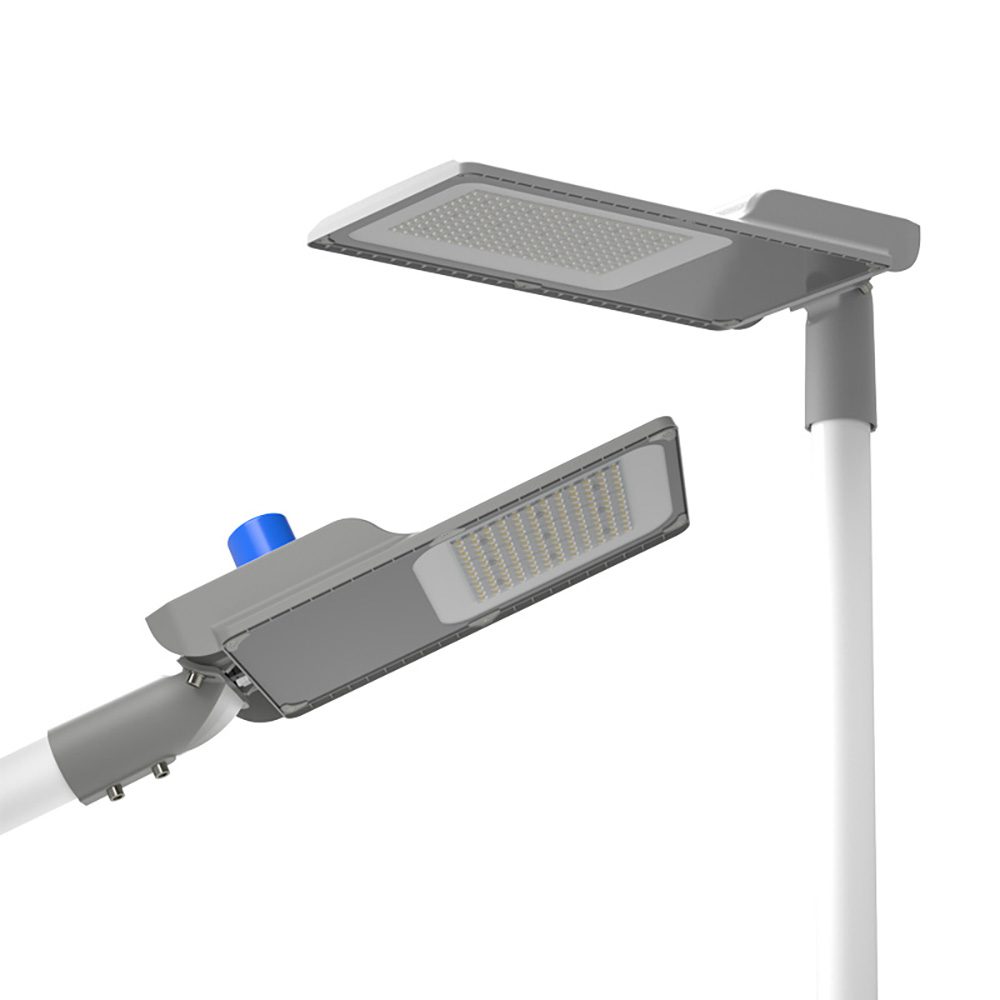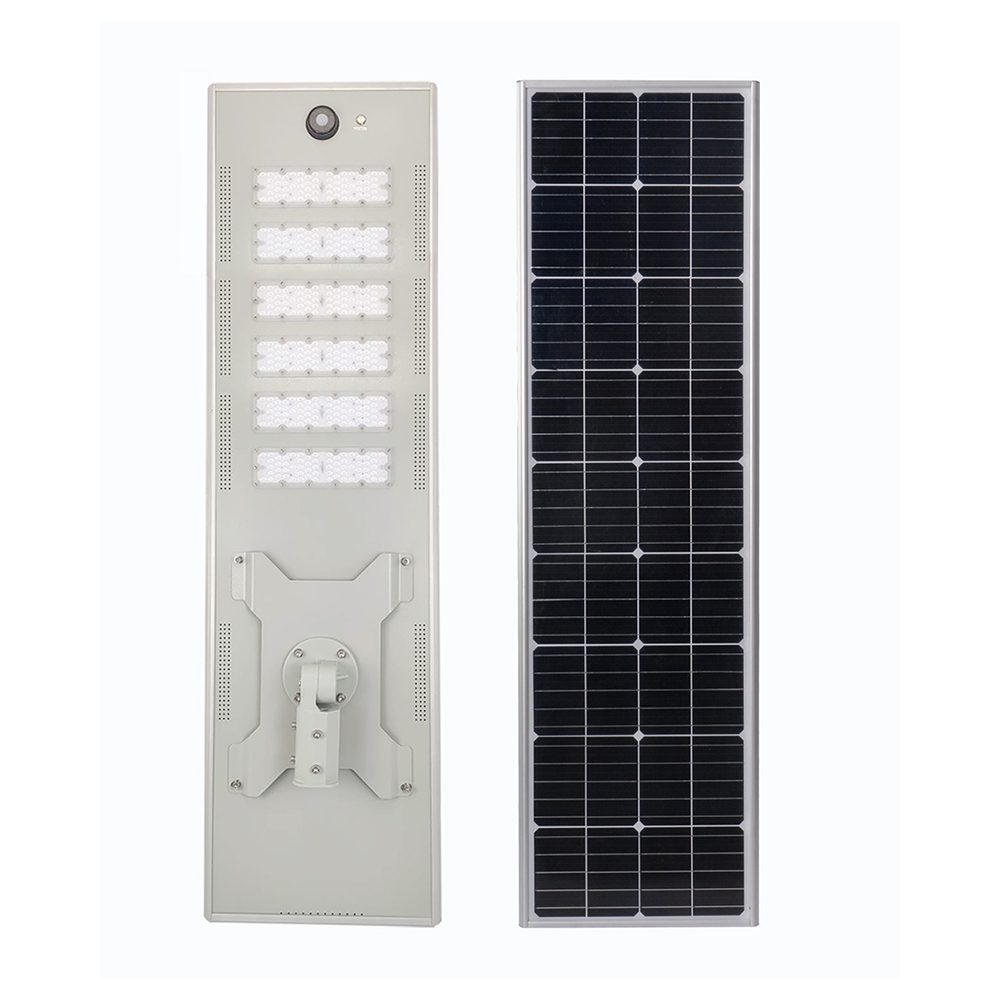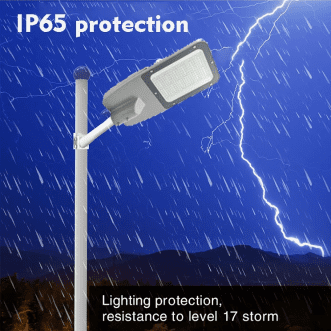In modern urban development, outdoor street lights play a crucial role not only in basic illumination but also in enhancing safety, improving the environment, and beautifying urban landscapes. With the advancement of technology and the acceleration of urbanization, the use of outdoor street lights has become increasingly common. When selecting outdoor street lights, the IP rating (Ingress Protection Rating) has emerged as a significant indicator that should not be overlooked. This article will explore the importance of IP ratings and their impact on the performance of outdoor street lights.

What is an IP Rating?
An IP rating consists of two digits. The first digit indicates the level of protection against solid objects, ranging from 0 to 6; the second digit indicates the level of protection against liquids, ranging from 0 to 8. For example, an IP65 rating signifies that the device is completely dust-tight and can withstand water jets. Therefore, street lights with a high IP rating can operate reliably in various challenging environments, ensuring their long-term use.
The Importance of IP Ratings
1.Enhancing Safety
Outdoor street lights are typically installed in outdoor environments, facing challenges from rain, dust, and other environmental factors. Street lights with a high IP rating can effectively prevent moisture and dust ingress, reducing the risk of short circuits or failures, thereby enhancing safety. Especially in harsh weather conditions, ensuring that lighting equipment functions properly can significantly reduce the likelihood of accidents, safeguarding pedestrians and vehicles.
2.Extending Service Life
Street lights with a high IP rating often utilize better materials and sealing designs, allowing them to perform better in harsh environments. While the initial investment may be higher, over the long term, lower maintenance costs and a longer service life can save substantial funds for businesses or city managers. Regularly replacing street lights with low IP ratings not only increases maintenance costs but can also lead to interruptions in lighting systems, affecting the overall image of the city.
3.Adapting to Different Environments
Different cities and regions have varying climate conditions and environmental characteristics. For instance, coastal cities may face salt mist corrosion, while desert areas could experience sandstorms. Therefore, selecting the appropriate IP rating is key to ensuring that street lights operate effectively in specific environments. High IP-rated street lights can better adapt to these varied conditions, providing stable lighting services for the city.
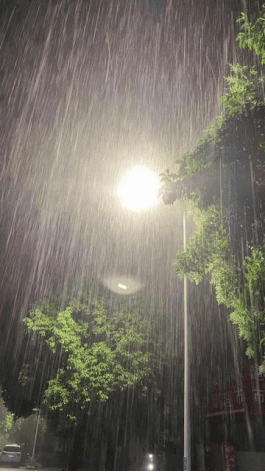
4.Promoting Sustainability
Modern cities increasingly focus on sustainability, and choosing high IP-rated street lights helps reduce resource waste. Their longer service life and lower maintenance frequency decrease the demand for replacement fixtures, thereby reducing environmental impact. Additionally, many high IP-rated street lights are equipped with smart control systems that optimize energy consumption, further promoting the sustainable development of urban areas.
In summary, IP ratings hold a pivotal role in the selection of outdoor street lights. A high IP rating not only enhances safety and durability but also allows for adaptation to different environmental conditions and promotes sustainability. For city managers and businesses, investing in high IP-rated street lights is not only a commitment to public safety but also a long-term consideration for the future development of cities. In an era that increasingly values environmental protection and resource conservation, choosing appropriate outdoor street lights provides a crucial safeguard for urban development.

